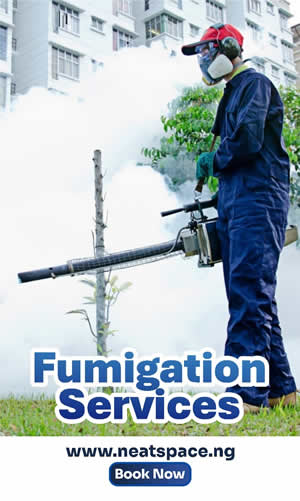The inability of approximately 60 million Nigerians to access portable water, inclusive of government’s inefficient water supply system, has resulted in homes resorting to digging their own boreholes in order to get some form of clean water.
This practice of digging boreholes which has also become rather indiscriminate, has come with several risks experts say, which if left unchecked, will defeat the purpose of digging the boreholes in the first instance.
People are more concerned about the water they put in a glass cup to drink, they did not know that the water for bathing, brushing and cooking still end up in the body, hence the need to ensure it is a quality water. The quality of ground water is most commonly affected by waste disposal. Other major sources result from agricultural activities and ground-water development. In addition to these three major categories, there are other potential sources of pollution, such as mining, spills, leakage from underground pipes and tanks, and road salting.
Septic Tank – Borehole Distance
Property owners and builders have been urged to ensure the septic tank and drilled borehole water in their premises are poles apart to avoid contamination and regular visit to the hospital. In digging boreholes, lack of attention to details, and in other instances, spacing requirements have resulted in boreholes being dug at inappropriate proximity with Soak away pits.
It is therefore recommended that a minimum distance of 10 metres from the borehole, away from the septic tank is ideal. If a borehole is too close to a soak away there must be a leakage.
Possible Contaminants From Septic Systems
When a well is too close to a septic system or other source of wastewater, a variety of contaminants can enter your well water, including:
- Bactria, such as E. coli or salmonella
- Viruses, such as norovirus or hepatitis A
- Phosphates from detergents and soaps
- Chemicals from paint, drain cleaners, and other household products
- Heavy metals, iron, and copper
In high amounts, these contaminants can cause illnesses or diseases. If you suspect that your well has been contaminated, it is important to have your water tested as soon as possible. If a problem is found, water treatment solutions like chlorination, reverse osmosis, activated charcoal filtration, or UV purification may be able to make you water safe enough to drink again. Otherwise, repairs to the well or septic system may be necessary.
Water Analysis & Treatment
Before you use the water coming from your borehole it is necessary that you analyse it and possibly treat it if need be. The implications of not testing the water before consumption is that the quality of the water will not be known, that might end up taking residents of a building into the hospital as some microbes may be ingested.
If you are unsure about the quality of your water, our team at NeatFlow can help. We offer water quality testing and treatment in Lagos. Our solution can help to correct most water quality problems. Our experts can work with you to determine the best solutions for your needs and your budget, whether it is a single system, such as reverse osmosis, or a combination of multiple systems, such as water softeners, charcoal filtration, and UV purification.










